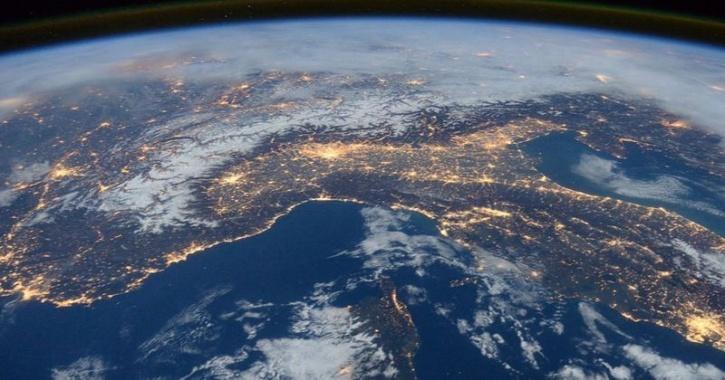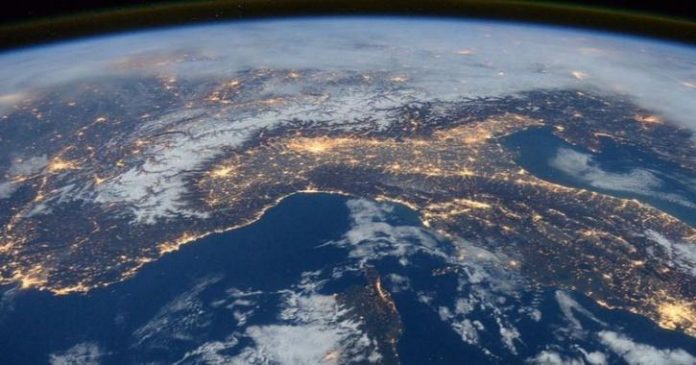Earth has several ways of healing itself from any detrimental change, with or without the current COVID 19 lockdown going around the world.
A new example of this has just been recorded as scientists confirm that the 1 million square kilometre wide hole over the Arctic has now closed.

A rare hole in the ozone layer spreading over 1 million square kilometre in area, was discovered by scientists earlier this month. The hole was understood to be a result of low temperatures at the north pole. Had the record-breaking hole managed to move south with the air currents, it would have posed a direct threat to humans.
Copernicus’ Atmosphere Monitoring Service (CAMS) and Copernicus Climate Change Service (C3S), implemented on behalf of the European Commission, have now confirmed that the hole over the north pole has healed itself. A recent tweet by the agency also explains the reasons behind the same
The unprecedented 2020 northern hemisphere #OzoneHole has come to an end. The #PolarVortex split, allowing #ozone-rich air into the Arctic, closely matching last week's forecast from the #CopernicusAtmosphere Monitoring Service.
More on the NH Ozone hole➡️https://t.co/Nf6AfjaYRi pic.twitter.com/qVPu70ycn4
— Copernicus ECMWF (@CopernicusECMWF) April 23, 2020
Note that the healing of the hole in the Earth’s ozone layer has nothing to do with the ongoing reduction in pollution due to COVID-19 lockdown
Instead, it is because of the polar vortex – high-altitude currents bringing cold air to the polar regions.
Copernicus ECMWF explains that the polar vortex experienced this year was extremely powerful, with very cold temperatures inside it. This further resulted in the generation of stratospheric clouds that destroyed the ozone layer by reacting with CFC gases. Note that the use of CFC gases by humans was banned by the 1987 montreal protocol.
Now, that polar vortex has weakened, causing the normalcy to return in the ozone layer in the polar region. Copernicus ECMWF predicts that it will form again, but it would not affect the ozone layer as much the next time.
Note that such holes in the ozone layer are commonly formed above the Antarctic at the South Pole, especially during the austral spring (July to September), since the stratosphere is naturally much colder around the time,
The ozone layer hole over the Arctic at this time was caused by the strong and consistent polar vortex and the resulting concentration of more ozone-depleting chemicals than usual. Whether this is at all linked to climate change on Earth is still up for debate.












